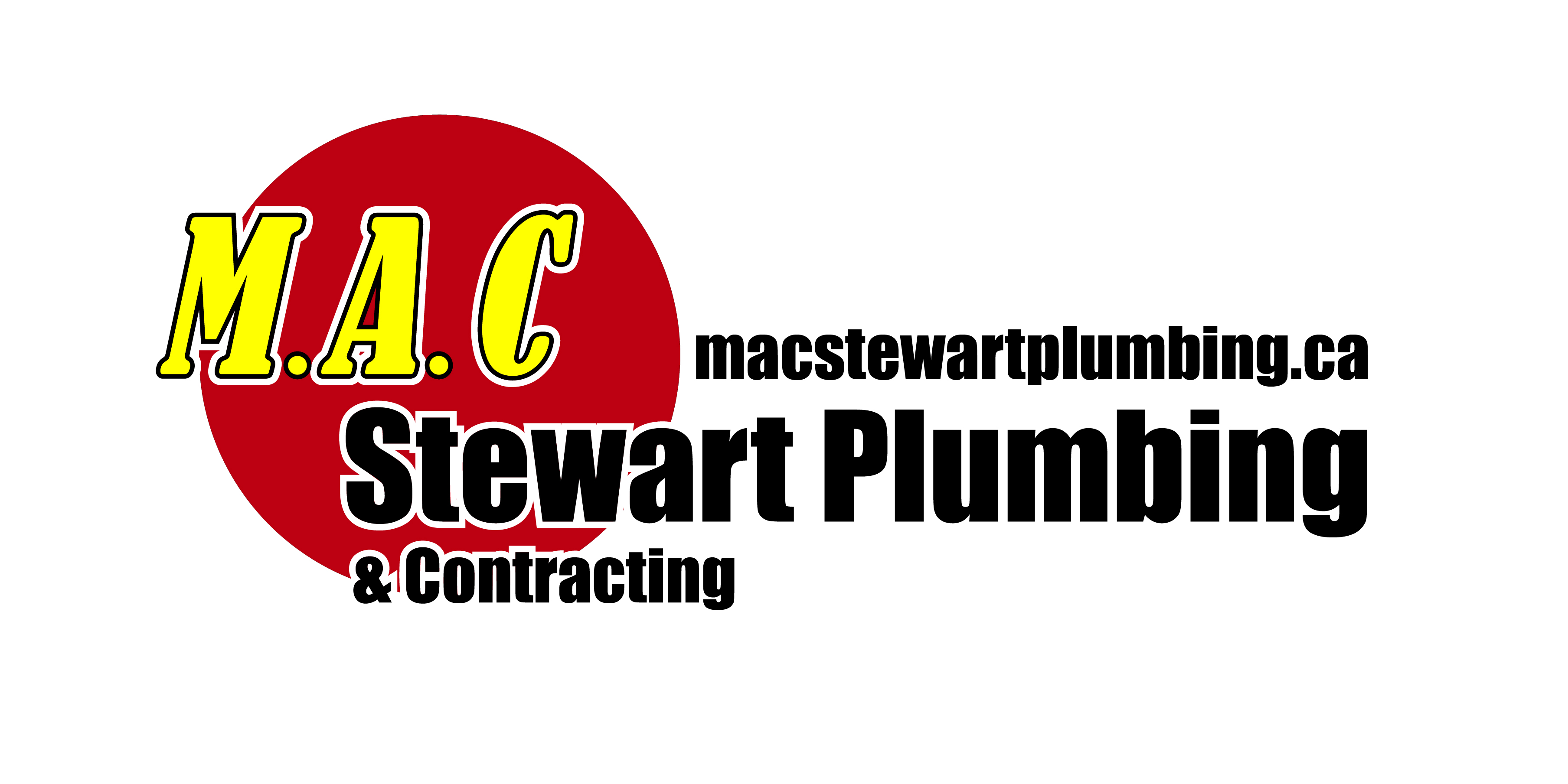How to Sauder
The recipe for soldering success calls for two parts prep work and one part science. If you do the two critical preparation steps well—joint cleaning and heating—the solder itself will finish the job. When the joint is hot enough, molten solder instantly flows into the joint and covers the entire mating surfaces completely, almost as if following detailed instructions. It hardens there as it cools. Presto, you have a solid, leakfree joint.
In this article, we'll walk you through the basic steps for soldering the copper tubing used in most homes. As you'll see, you don't need special skills to solder copper successfully. You can easily solder a leakfree joint on the first try—but you can also make mistakes. We'll show you how to avoid them, as well as alert you to simple, but critical, safety precautions that'll protect you from burns and keep your home safe from fire.
The basic soldering tool is a propane torch, which consists of a regulator and tip combination that you screw into the top of a small tank. To operate, open the fuel adjustment valve and light the tip. For lighting ease, we recommend the regulator that has a built-in igniter (above left). The gas lights at the push of a button. If you buy the simpler version , buy a striker as well. Squeezing the wire handle produces sparks, which ignite the gas. The striker is simpler and safer than matches.
Also buy either “tinning flux” or “paste flux.” The flux acid-cleans the copper surface as you heat the joint, enabling the solder to flow evenly. Both types work well. The tinning flux contains a tiny bit of solder, but you have to add more solder anyway.
You can find all the basic soldering equipment at full-service hardware stores or home centers—a propane torch, solder, emery cloth and flux. We also recommend a tube cutter, flame protector cloth and heavy gloves and eye protection. Wear the gloves and goggles as well as a heavy, long-sleeve shirt and a hat to protect yourself from burns if molten solder drips.
Copper is a soft metal that’s easiest to cut with a tube cutter . Buy one that cuts up to 1-in. tubing, the largest size you're likely to need for most household water supply lines. Cut larger tubing with a hacksaw, but make sure to file off all the burrs left from the saw teeth. Otherwise your joint will leak. Grip the copper tubing firmly in one hand and tuck one end under your knee to keep it from slipping while you tighten and rotate the cutter . Don't tighten it too fast; you'll dent the pipe and have to start over.
You can't solder tubing that has water in it. You have to drain water lines and dry the tubing in the area being soldered. Heating the tube with your torch speeds this up. Make sure any pressure that builds in the tube during soldering can escape. The easiest way is to keep a faucet open at one end of the line.
-
If you're using tubing larger than ¾ in., heat the joints of tubing from several sides to raise the temperature more evenly. Add solder from several points and examine the joint to make sure the solder fills the joint on all sides.
-
Soldering brass fittings, like the valve in Photo 7, requires more heat. Leave the valve open so pressure doesn't build inside the tube and cause the joint to leak. And if the valve has soft plastic or rubber parts, remove them if possible to avoid ruining them.
Safety Tips
-
Temporarily hang a flame protector cloth (opening photo) or a steel plate over wood and other flammable materials when soldering nearby. In any event, keep a fire extinguisher or bucket of water handy in case you start a fire.
-
Shut off your torch when you set it down. The propane tank is tippy. Eventually a lit torch will fall over and burn something.
